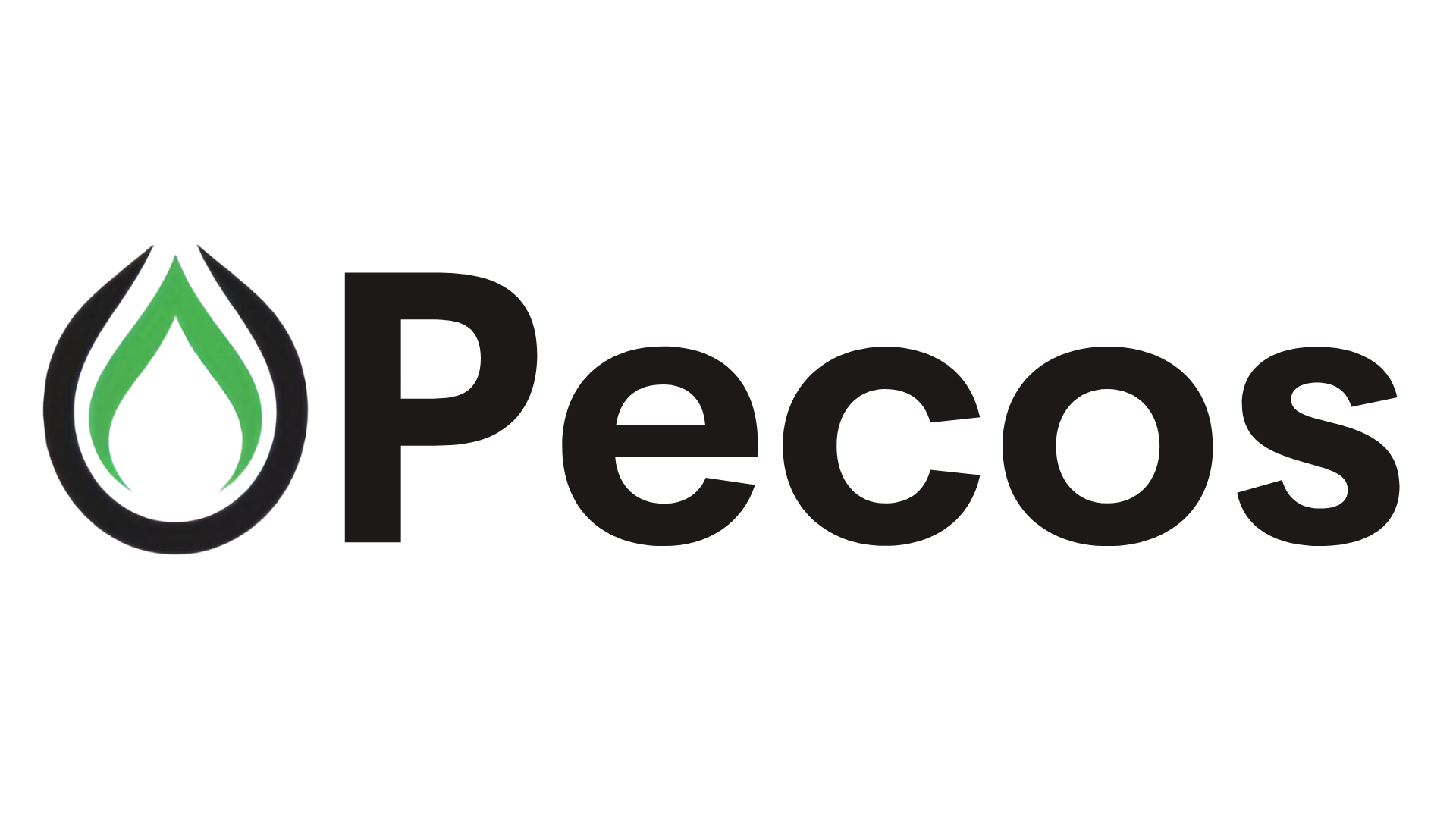Energy News Beat
China’s air conditioning season increases electricity demand, which increases coal demand, which adds to the volume of spot fixtures of capesize and panamax bulk carriers to ship coal from Australia to China. Offsetting this, India’s monsoon season arrived eight days earlier than usual with above average rainfall predicted for 2025 with temperatures lower than average.
Iron ore imports to China remained steady over May and June as China Mineral Resources Group Co (CMRG) continues to manage negotiations with the miners, and helping to manage inventories of raw materials for a steel sector whose output peaked back in September 2020. But CMRG could not stop a shortage of tonnage in early June as more capes switched to loading coal. Thus the freight rate for shipping iron ore from Port Hedland to Qingdao rose from $7.89 per tonne on May 20 to a peak of $29,970 on June 13 before slipping back to $19,682 on June 20 as ballasters entered the market.
Brazil’s Vale strikes year-long contracts direct with steel makers who make use of spot markets to ship product. The TCE for the Tubarao to Qingdao iron ore voyage rose 50% over the 30 days to June 20, from $13,110 to $19,625, via a peak of $29,389 on June 13.
The Baltic Capesize Index rose quickly to a peak of 3,731 on June 16, its highest level since July last year, before slipping back to 2,879 by June 20.
Panamaxes operators in the Atlantic have enjoyed a positive month. Rates from Europe to South America and back rose 16% to $12,273 over the 30 days to June 20, and rose by 10% to $18,916 on the trip out from Europe to the Far East via Panama. However the return voyage via Suez fell by 10% to $7,639 per day. Rates from North America to China were stable, with the Mississippi to Qingdao route losing 1% over 30 days to sit at $17,521 per day on June 20 while the rate from Santos to Qingdao added to 10% to reach $12,057. In Asia, the South China to Indonesia and back coal voyage added 9% to reach $10,677 per day, but the TCE for the Singapore to the east coast of South America and back voyage fell by 3% to $12,055 per day as of June 20. The Baltic Panamax Index reads 1,293 points for June to date, after an average of 1,287 in May.
June has been similar for ultramax bulk carrier operators- decent in both basins but marginally better in the Atlantic. Rates from the US Gulf via Panama to North China added 12% over the 30 days to June 20, when they stood at $20,207 per day. From the US Gulf to Europe, rates improved by 21% over the same dates to reach $21,479, while on the backhaul to north America, rates added 7% to reach $8,586 per day. Day rates from West Africa via the east coast of South America to Europe slipped from $13,579 on May 20 to a low of $12,404 on June 5 then recovered to $13,121 on June 20.
In Asia, the north China Pacific round voyage improved by 7% between May 20 and June 20, reaching $11,406, while the South China to Indonesia coal voyage and the South China to India coal voyage both lost 11%, ending up at $8,931 and $11,822 respectively. The swings and roundabouts all evened out as the S11 time charter average for 63k dwt ships barely moved, being $12,411 on May 20 and $12,305 on June 20, having fallen to $11,617 on June 10.
The standout voyage for handysize bulker owners this month has been in the Atlantic, where rates from the US Gulf to northwest Europe improved from an acceptable $9,189 on May 20 to an appetising $17,250 on June 20. On the reverse voyage, rates fell 3% to $8,236 between the same dates. Earnings from Brazil to northwest Europe also performed well, adding 8% to reach $16,922, while on the backhaul they also fell, this time by 4% to a cost-covering $5,714 per day.
The round voyage from and to Southeast Asia via Australia has been steady, sitting at $10,500 on May 20, $10,819 on June 20 and averaging $10,842 between the two dates. The North Pacific round voyage was also steady at $10,381 on May 20, $10,300 on June 20 and averaging $10,451 in between.
Normally, handysize freight markets would edge upwards in June and this year the H7 average has improved by 11% to $11,224. The overall Baltic Dry Index, led by that capesize spike, was up 26% over the 30 days to June 20, when it stood at 1,689 points. The June to date average of 1,721 points is the highest since 1,925 points last August.

The post So far, so good for dry bulk’s June appeared first on Energy News Beat.








